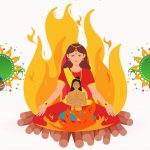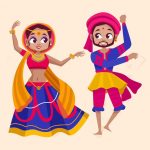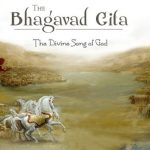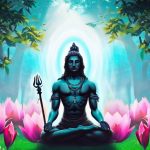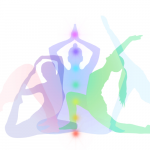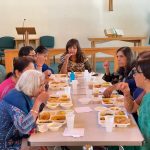Welcome to Oadby and Wigston Hindu Community
Welcome to the Oadby and Wigston Hindu Community, a radiant and all-embracing organisation dedicated to promoting and sharing the profound values and teachings of Sanatan Dharma. Our community is deeply rooted in the opulence of Hinduism’s traditions and timeless wisdom, wholeheartedly welcoming individuals who seek to explore and understand this ancient spiritual path.
Latest News & Events
- Holi Festival 2024
- Satsangs are starting soon
- Navratri 2023
- Calling all passionate content creators!
- Bhagvad Gita Classes
OWHC’s Regular Events

Calling all passionate content creators!
Are you enthusiastic about storytelling and connecting with the Oadby and Wigston Hindu community? We have a wonderful voluntary opportunity for a talented content creator to join our team and help bring the community closer together through engaging and inspiring content.
Photo Gallery
BECOME A MEMBER
